|
Obviously, I love plants and gardens, but I must admit that I've been less than enthusiastic about the current revival of interest in indoor plants. For many of us who live through the 70's, the idea of "houseplants" revives less-than-fond memories of dusty Scheffleras, defoliated Ficus Trees, and mangy Spider Plants in rotting macramé hangers. But a major trend it is, as demonstrated by the sustained interest of many thousands of enthusiastic (mostly young) people... and the remarkable popularity of many online sources of inspiration and obsession. The wave began several years ago as a ripple of interest in succulents, noted by those of us who were working in retail plant sales. Succulents are the perfect horticultural gateway drug... visually appealing, endlessly varied, and most importantly culturally forgiving... success with them is not guaranteed but highly likely, and many youngsters got hooked. The ready availability of reasonably priced tissue-cultured Orchids in recent years sparked an interest in that group, and from there it's an easy jump to all sorts of tropical foliage plants that can be grown indoors. A quick online search will yield hours of video how-to's on identification and culture of everything from current "It" plants like Fiddle Leaf Ficus and Pencil Cactus to more obscure and specialized groups like Hoyas, Lithops, and Rex Begonias. If you think I'm exaggerating, check out some of the related social media, like this Instagram account @boyswithplants ... it's just for fun (thanks, Betty Grindrod, for the suggestion!) but there are some very good YouTube channels for real in-depth information, like Plant One On Me, with dozens of videos hosted by Cornell graduate and eco-model Summer Rayne Oakes. Another popular YouTube channel is Planterina, with almost 300,000 subscribers and more than 100 videos related to houseplant identification, care, and propagation. And if you really want to go down the rabbit hole, there are hundreds of videos of regular folks just giving a video tour of every houseplant they own. It's plant geekery at its best, and I love it. Having lived in cramped city apartments for years, I can certainly relate to the hunger for life and greenery that houseplants satisfy, but now that I have two outdoor acres to play in, I no longer feel the need. I do overwinter some Begonias and succulents that decorate our porch and entrance stoop in the warm months, but they're temporary indoor residents. In spite of my lack of enthusiasm for houseplants in general, I always enjoy seeing plants used in unexpected ways, as we did on a trip to SE Asia over the holidays. In any tropical locale it's startling to see plants we know as indoor specimens growing outdoors, some of them as locally native species. Look carefully in the lower right corner of this photo and you'll see a fine specimen of Pencil Cactus, Euphorbia tirucalli, growing out of a cliff overlooking the Indian Ocean. This very popular houseplant is originally native to Africa but can now be found growing as a weed all over the tropics. This bears little resemblance to the haggard, leaf-dropping specimen that graced my college apartment, but it's a Ficus Tree as it grows in nature. Ficus benjamina, the Weeping Fig, is still a popular indoor plant and quite attractive when well grown, but it can never match the magnificence of a mature tree in the tropics. I thought these carved stone identifiers at this nature park in Bali were particularly nice. Weeping Fig (or Beringin as it's known in Indonesia) is native to SE Asia, bearing small fruit that's an important food source for several species of tropical doves. Here's a patch of Monstera deliciosa that would make any Brooklyn homesteader weep with envy... this tropical vine, with its handsome fenestrated foliage, is often seen growing up the trunks of tall trees. Called Swiss Cheese Plant because of the characteristic holes that develop in the leaves, it also exists in a variegated form that's particularly prized here as a houseplant. The Madagascar Dragon Tree, Dracaena marginata, makes an excellent indoor plant as it tolerates dry air very well, and its upright, often multi-stemmed form is pleasing and easily accommodated in a room. This is the variegated form 'Tricolor', at home as an in-ground shrub in a temple courtyard. Aglaeonemas of many species are native all over SE Asia, growing in the filtered light of forest floors. That makes them particularly valuable as houseplants because they can tolerate the low light levels in many indoor situations. Here in the west they are known as Chinese Evergreen and have been hybridized into many forms with silver, spotted, and colored variegation. Another plant that tolerates similar low-light conditions is the Dieffenbachia or Dumb Cane (so called because the sap will cause paralysis of the tongue... who tried that???) It's a native of Mexico, Central and South America, and the Caribbean, but has made itself at home in many parts of the tropical world. Large and showy leaves, easily grown indoors, and comes in many named varieties. Oyster plant or Moses-in-the-Boat is grown as a houseplant here, often in its variegated form, but in the tropics it makes a tough and reliable groundcover. The common names refer to the fact that the cooked roots supposedly taste like oysters, and the tiny white flowers (the Moses) are borne cradled within the rosette of leaves. At any rate, they need a decent amount of light to thrive indoors but are otherwise easy subjects. Native to tropical Mexico and Guatemala, their official name is now Tradescantia spathacea although often sold under the former name of Rhoeo spathacea. Possibly the most colorful foliage houseplant you can grow is the Croton, Codiaeum variegatum, which exists in a staggering variety of leaf shapes and colors. They do have a reputation for being somewhat finicky, dropping their leaves if too wet, too dry, too cool, or just from being moved. Once you find a happy spot for them they will recover, regrow their leaves, and settle in to become reliable and very decorative houseplants. Crotons are native to India and Malaysia, but grown worldwide. We saw many gorgeous examples in Bali, especially in the temple gardens. Philodendron bipinnatifidum is a large, handsome member of the huge tribe of Philodendrons, many of which make excellent and dramatic houseplants. It's native to South America but used as a landscape plant all over the tropics, and in Florida and the Gulf Coast states, where it can recover from the occasional light freeze. Green walls are a big trend now, and here's one that planted itself... at least three or four kinds of tropical ferns and a vine I can't identify, all growing happily together without any artificial maintenance, thank you very much. The Chicken Gizzard, Bloodleaf, or Beefsteak Plant, Iresine herbstii, is frequently sold here as a summer bedder and container plant but can also be grown indoors. It comes in many color forms and hails originally from Brazil, where it grows to shrub size. Cordylines are another plant often used in summer planters and mixed containers here in our area but they're actually shrubs that can reach 8-10 feet tall in frost-free climates. Native to eastern Australia, New Zealand, SE Asia and Polynesia, these handsome plants can be found in many color variations. To thrive indoors they require a bright light situation. We pay a pretty penny for Elephant Ears here, both Colocasia and Alocasia varieties, so it's amusing to see them all over Bali growing in irrigation ditches. Another familiar houseplant in the Cornstalk Dracaena, Dracaena fragrans. It's a native of Africa, where it's used as a hedge, but thriving here in a Singapore nature preserve. Slow growing, it can eventually reach a height of 50 feet in the tropics. The variety 'Massangeana' has a broad lime-green stripe down the middle of the leaf, making it a popular choice for indoor use. A medley of tropical foliage plants, here in a public park, is soothing to the eye and just about as satisfying as a flower border, in my opinion. Parlor palms, anyone? Whether you grow plants indoors or not, I hope you've enjoyed this little tour. Seeing familiar plants growing in unfamiliar ways is always a revelation. And if you're a newly minted houseplant loving, apartment dwelling, greenery obsessed millennial, god bless and please keep going! Olds like me may look on the current trend with a little amusement, but it's truly wonderful to see young people embrace what I hope will grow into a lifelong passion. Whether it will lead to an interest in outdoor gardening is yet to be revealed, especially in light of the fact that sadly, many in your age group find home ownership out of reach for now. But I hope it's the spark of a new generation of enthusiasts who can carry on as horticultural hobbyists and professionals... the gardening world needs you, and welcomes you. What plant nerd could possibly resist walking into this tropical nursery wonderland?
1 Comment
|
Welcome to Sempervivum, an opinionated, sometimes informed and completely unqualified journal of gardens, plants and plantings by artist-gardener Robert Clyde Anderson. Archives
October 2021
Categories
|
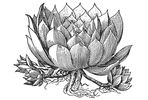
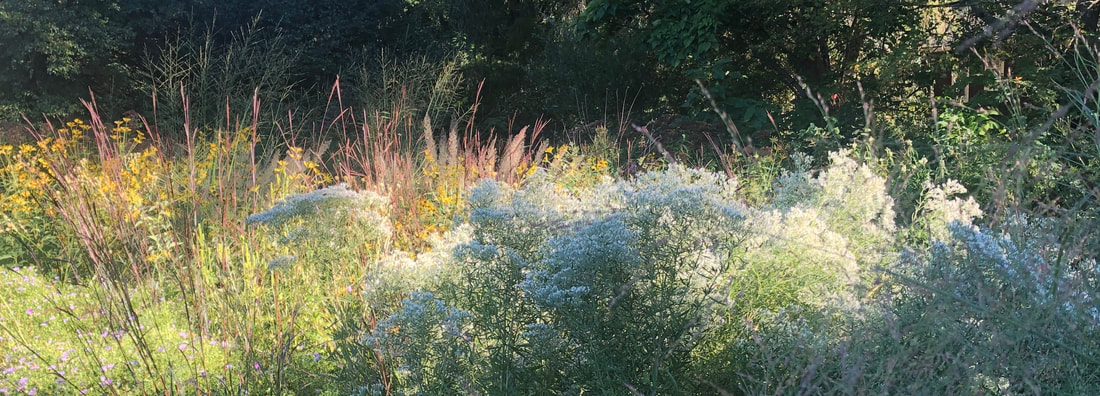
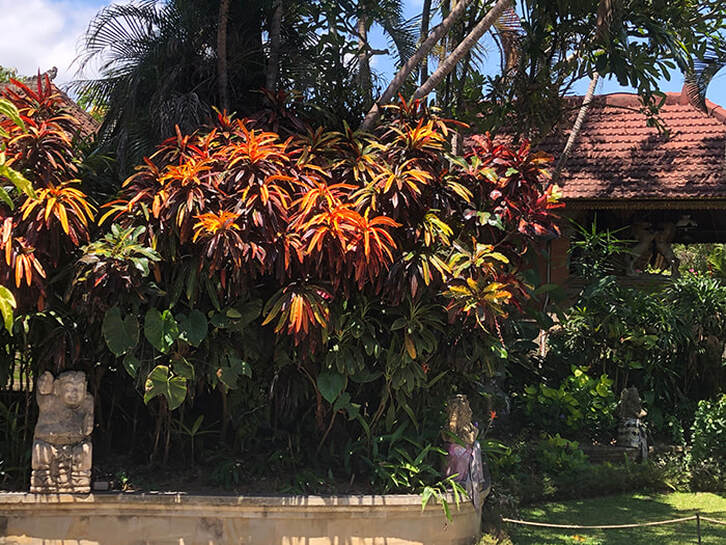
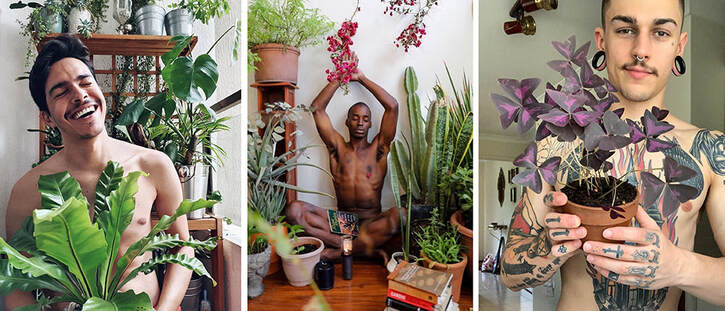

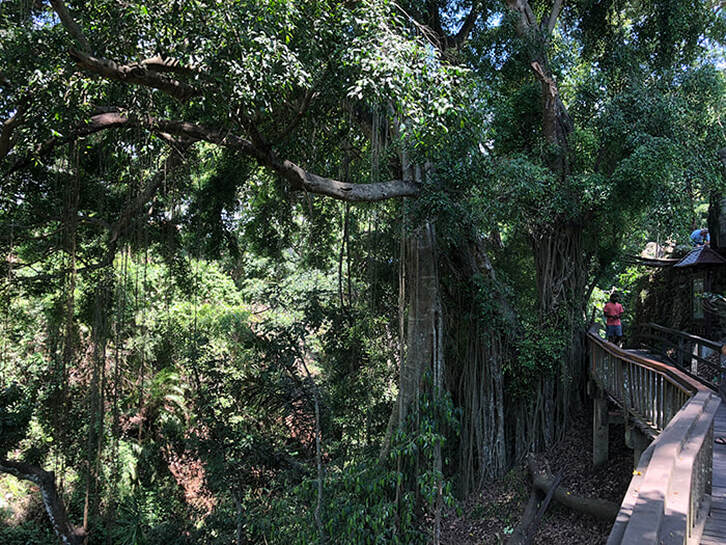
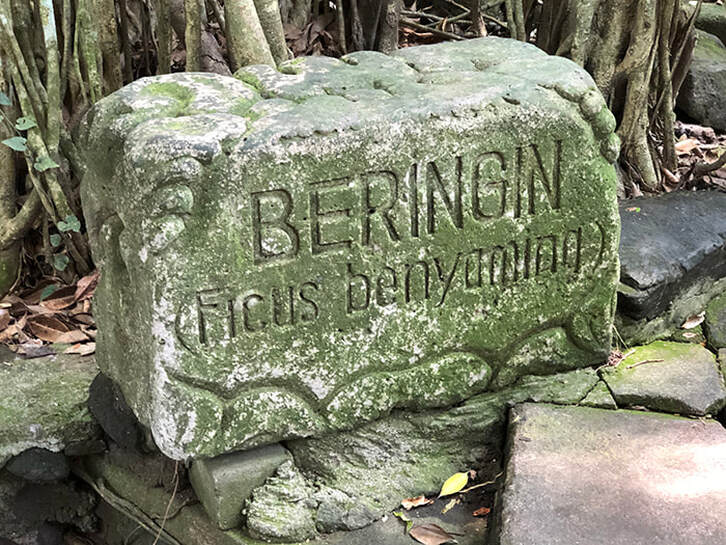
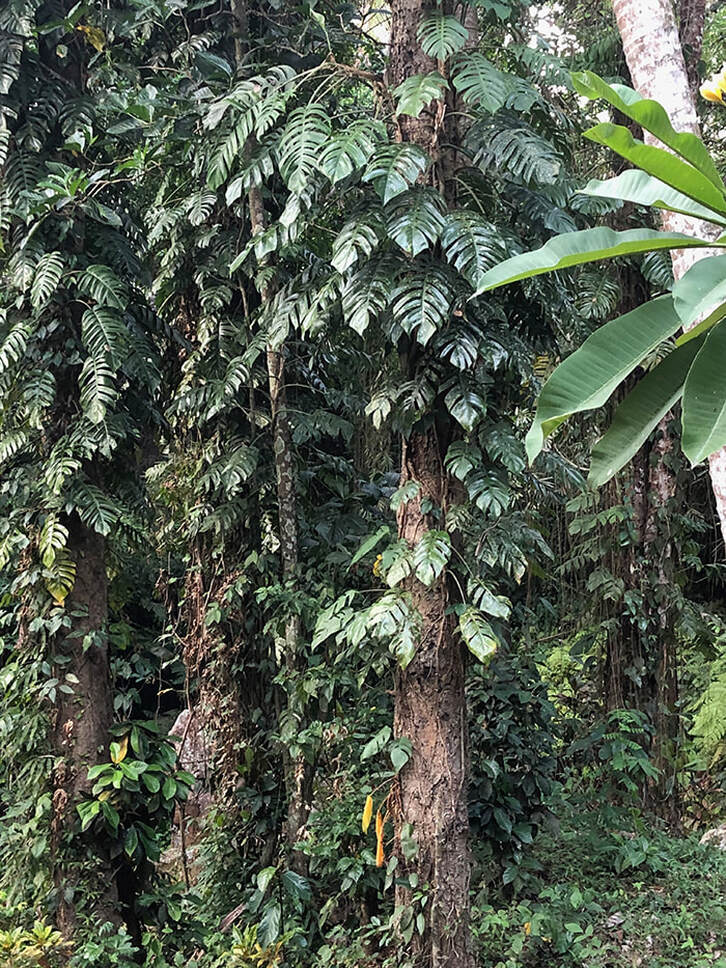
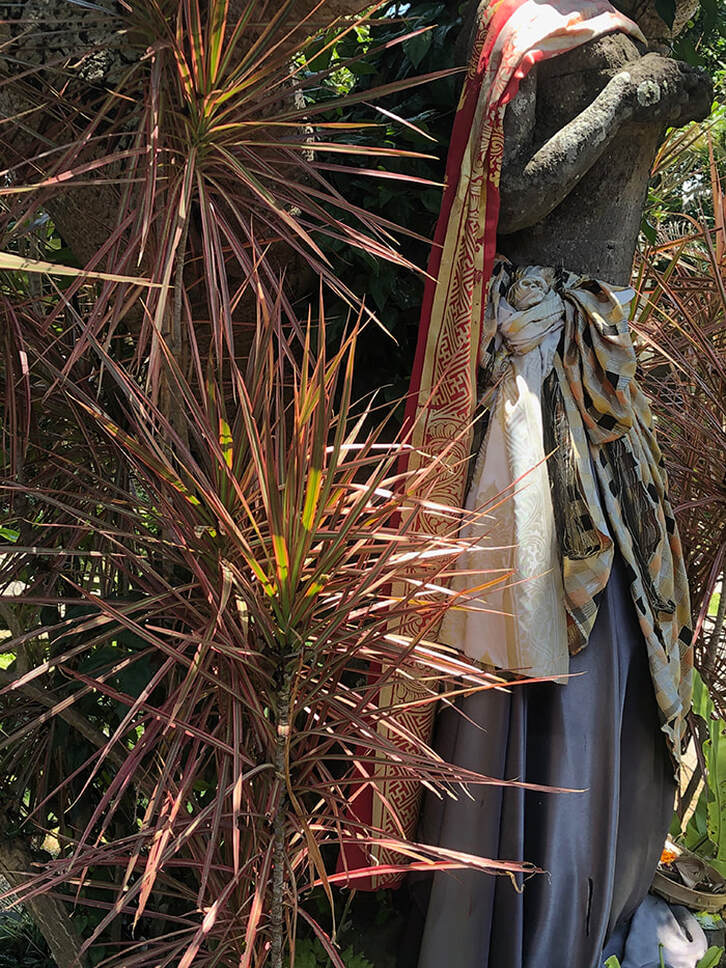
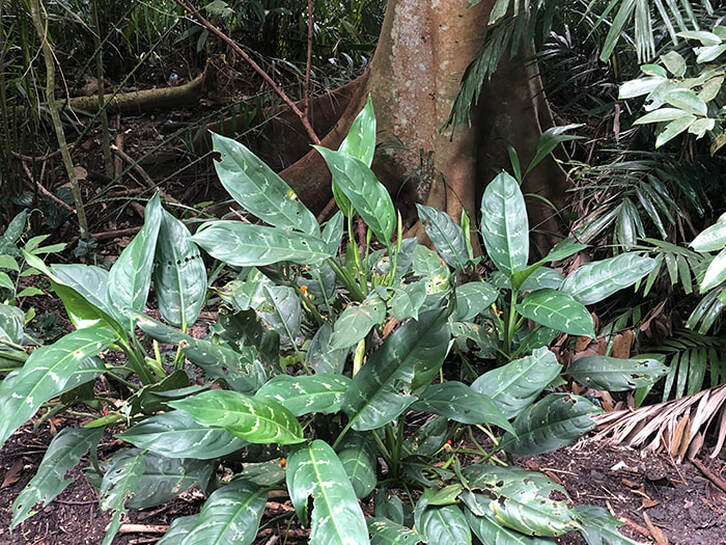

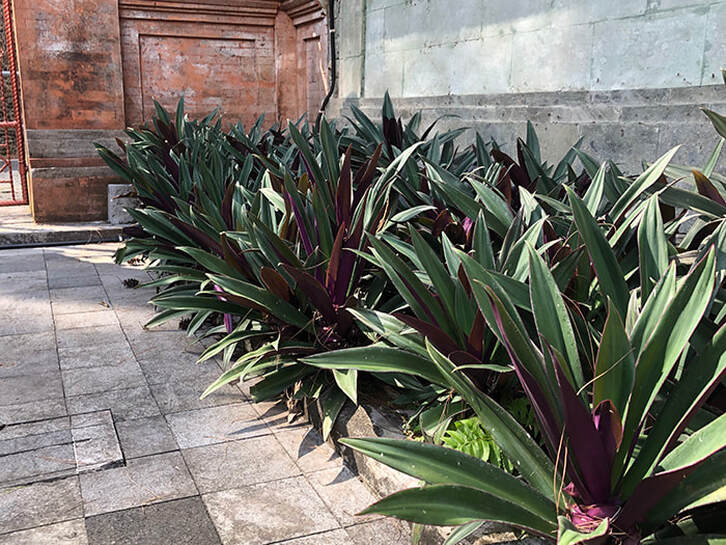
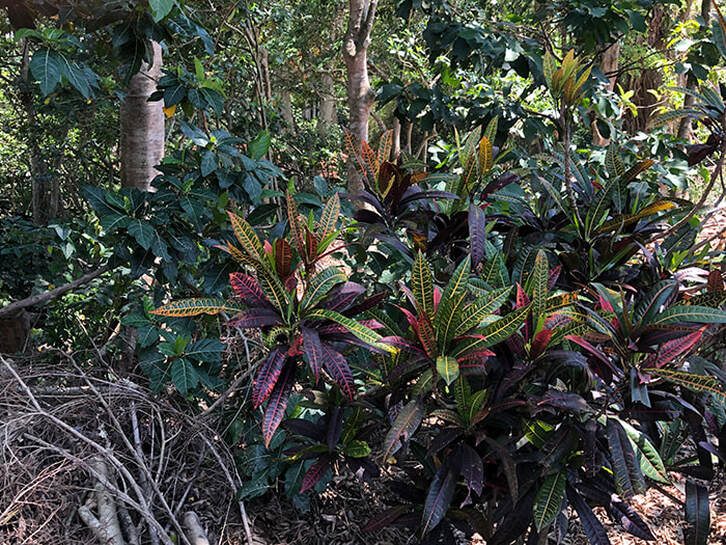
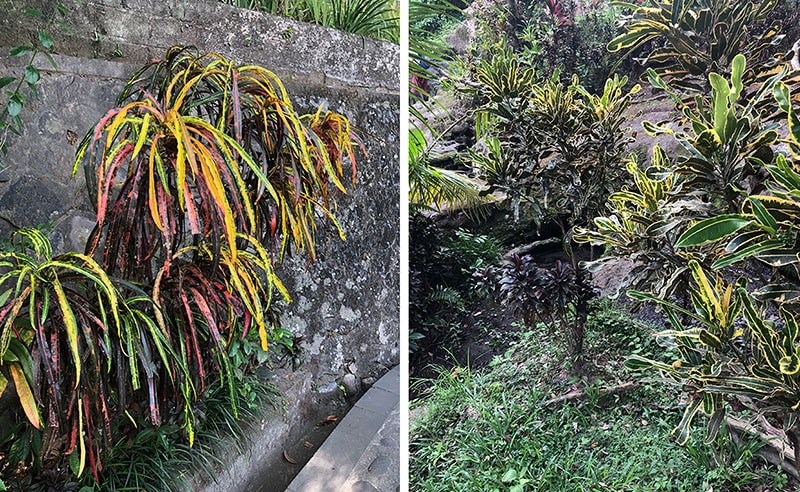
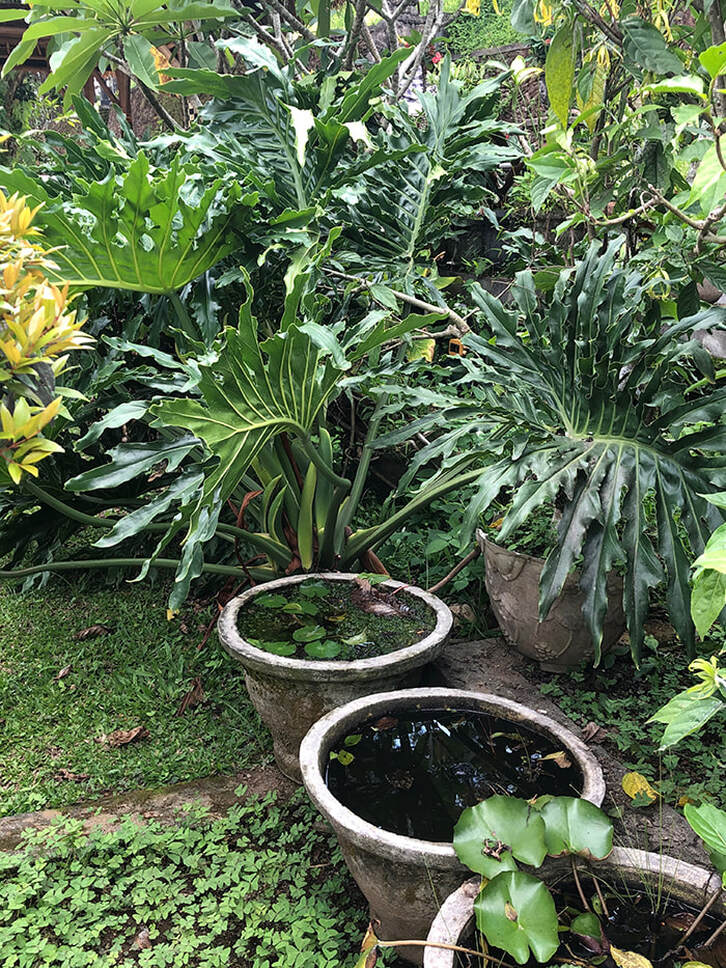
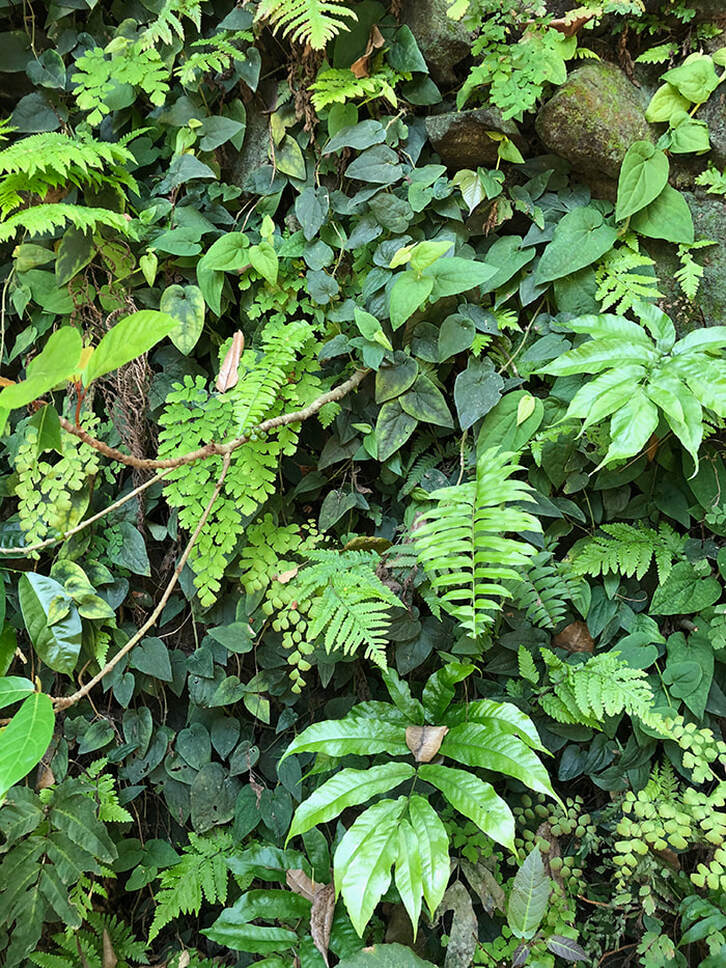
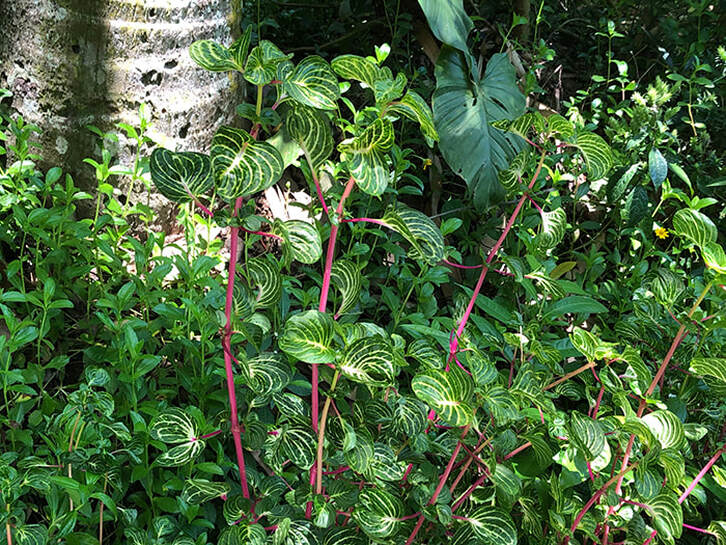
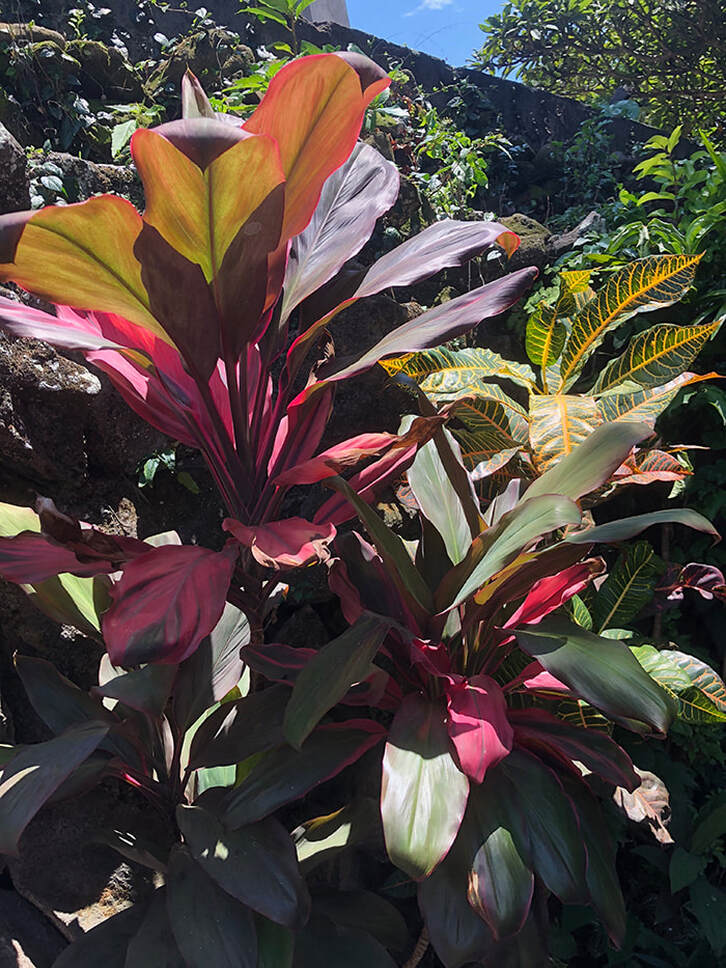
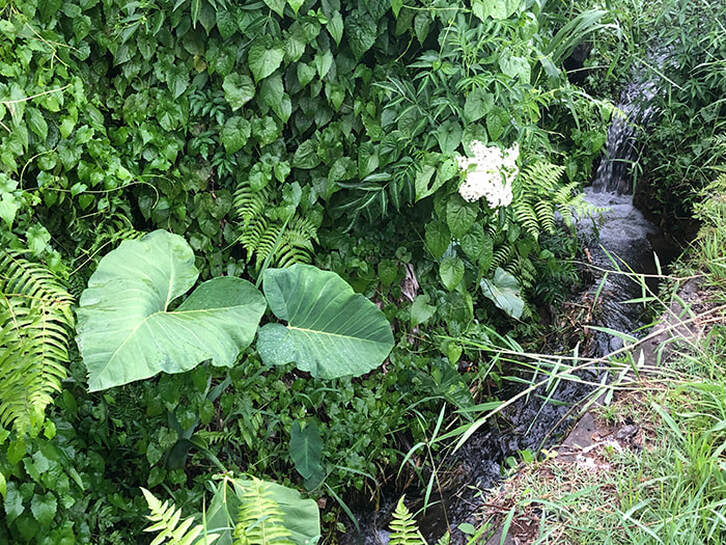
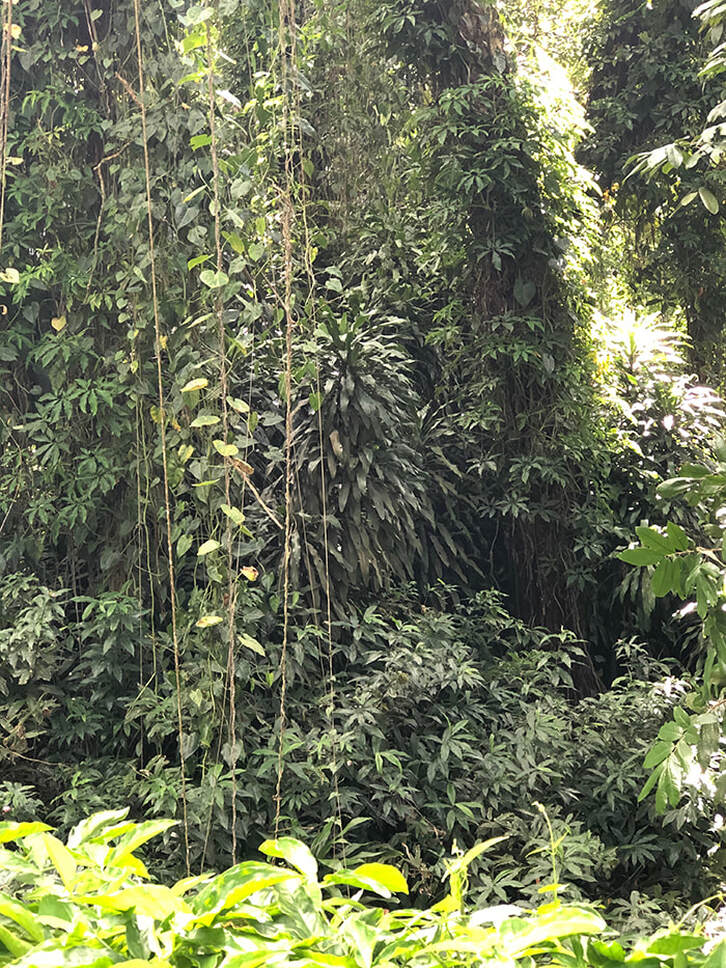
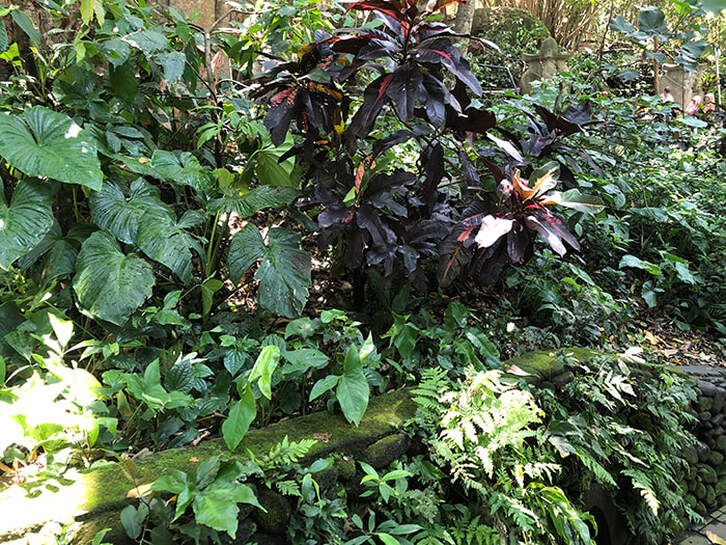
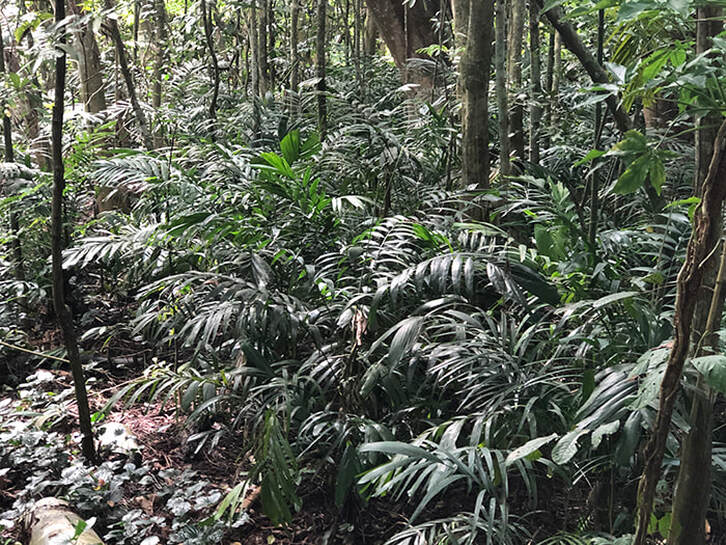
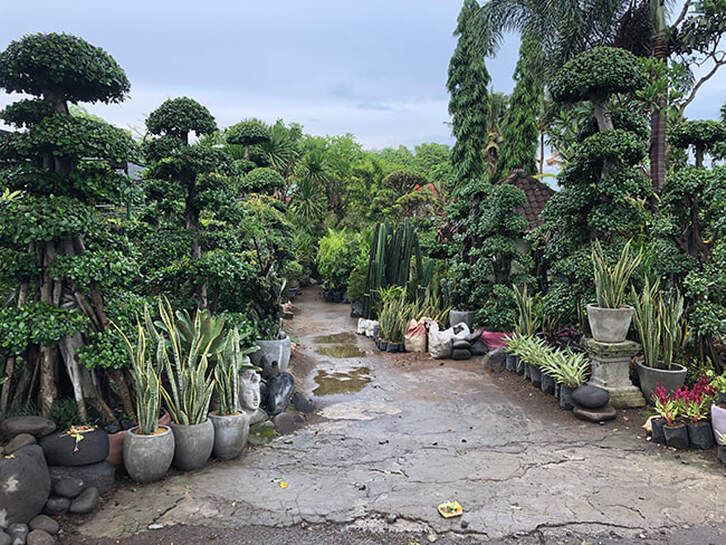
 RSS Feed
RSS Feed